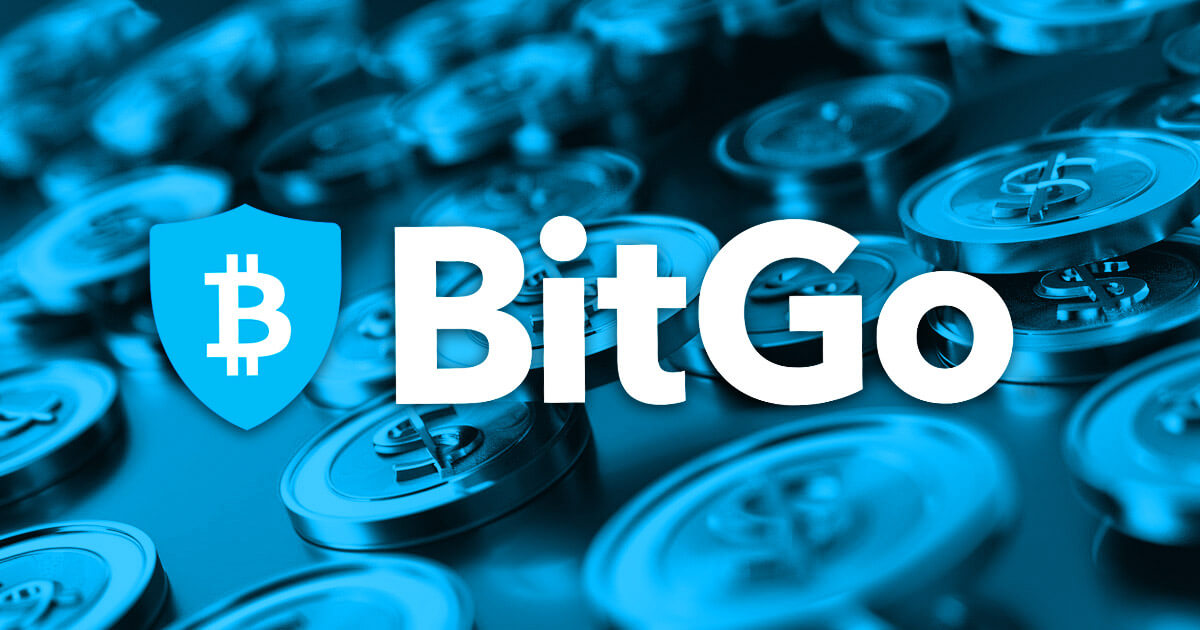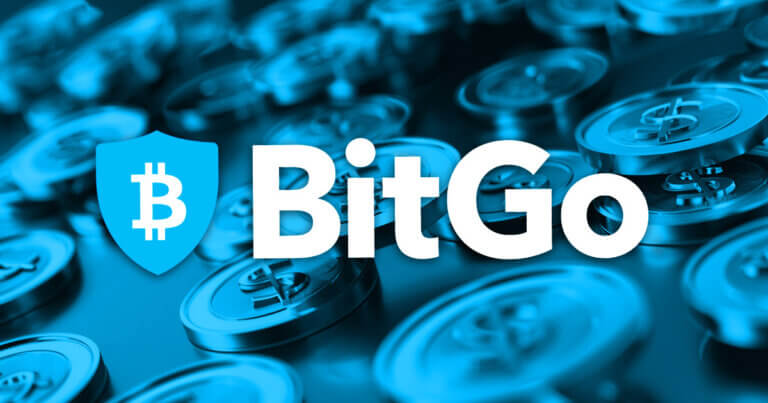Crypto custodian BitGo is set to enter the stablecoin market with plans to launch a dollar-backed USDS stablecoin by 2025, according to a Sept. 18 statement.
USDS
BitGo stated that USDS will be fully backed by short-term Treasury bills, overnight repos, and cash, ensuring both high liquidity and minimal risk.
The firm also plans to publish real-time proof of reserves on a dedicated website, and for added transparency, a top-tier accounting firm will conduct monthly audits.
The company aims to stand out in the competitive stablecoin space by offering rewards to institutions that provide liquidity to its network. BitGo stated:
“USDS introduces a novel reward system that deploys up to 98% of earnings to participants who support the ecosystem. This approach ensures that all eligible institutions, exchanges, liquidity providers, and users are incentivized to support and grow the USDS network, fostering a more inclusive and balanced ecosystem.”
This move would represent a significant shift in the stablecoin market, where issuers have been raking in millions of profits. Data from TokenTerminal shows that the two largest issuers in the sector Tether and Circlegenerate around $525 million in monthly profits. The two firms control around 90% of the $170 billion stablecoin industry.
However, BitGo’s USDS will challenge this dominance by distributing most of its rewards to network participants instead of concentrating the profits for itself.
Rising institutional interest
BitGo’s move highlights the growing institutional interest in stablecoins.
Over the past year, major financial giants like PayPal and Ripple have ventured into this rapidly expanding sector.
Stablecoins are one of the most practical crypto applications in the real world, offering a stable alternative to volatile digital assets like Bitcoin. Venture capitalist Nic Carter, citing a recent report from Castle Island Ventures stated:
“[Stablecoin] are being used not just for crypto trading, but increasingly feature in the ordinary economic lives of these individuals. Saving in dollars was the 2nd most popular goal of users overall, and the #1 goal in Nigeria.”



